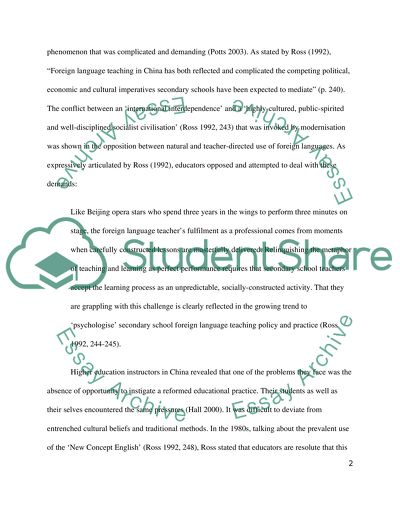Cite this document
(“Foreign-Languages Instruction in Chinese and British Higher Education Essay”, n.d.)
Retrieved from https://studentshare.org/education/1421851-foreign-languages-instruction-in-chinese-and-british-higher-education
Retrieved from https://studentshare.org/education/1421851-foreign-languages-instruction-in-chinese-and-british-higher-education
(Foreign-Languages Instruction in Chinese and British Higher Education Essay)
https://studentshare.org/education/1421851-foreign-languages-instruction-in-chinese-and-british-higher-education.
https://studentshare.org/education/1421851-foreign-languages-instruction-in-chinese-and-british-higher-education.
“Foreign-Languages Instruction in Chinese and British Higher Education Essay”, n.d. https://studentshare.org/education/1421851-foreign-languages-instruction-in-chinese-and-british-higher-education.


